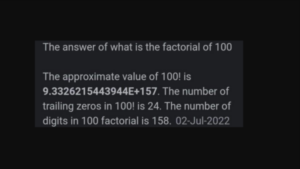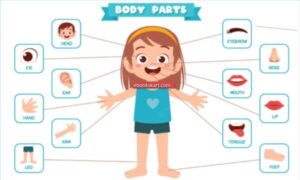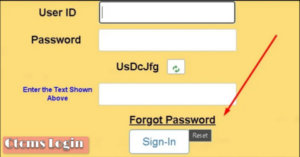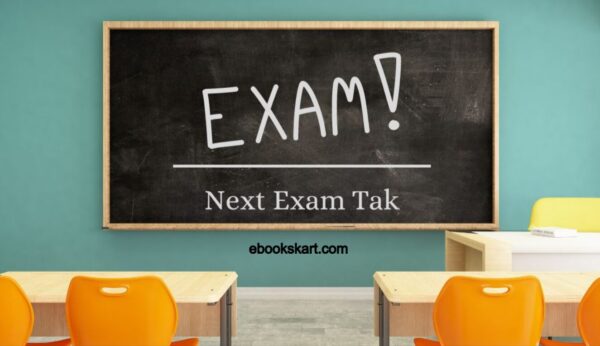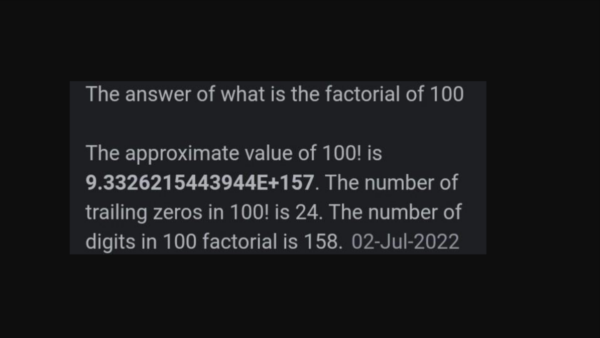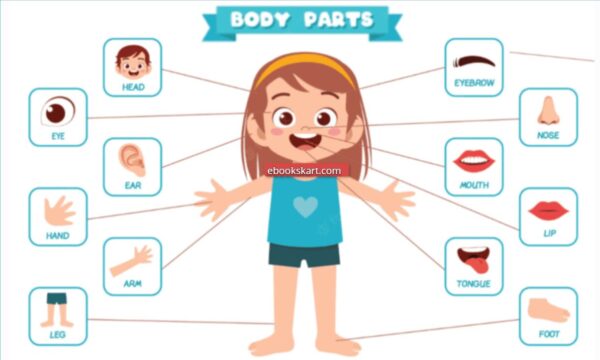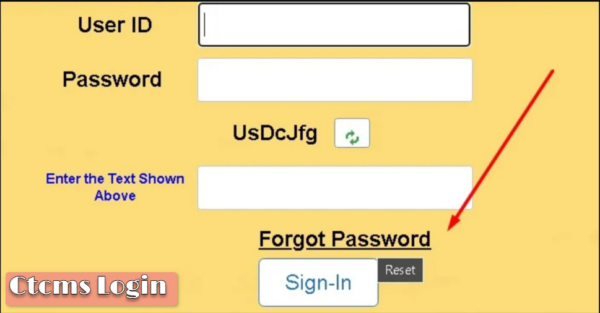You, or your children, are likely to have encounter a non-verbal reasoning section in a school entrance test. NVR tests measure general intelligence by assessing the ability to identify the inherent patterns in a series of shapes/figures. The figures may be regular geometric shapes like triangles, squares and triangles. However, sometimes they are just dots. Or just crosses.
In summary, you must mentally rearrange shapes, to crack pattern sequences codes and tackle other tough questions. You may also encounter a non-verbal reasoning test as part of a job application process.
In the occupational sector, non-verbal reasoning tests are called abstract reasoning tests. They are particularly suited to graduate recruitment because graduates have a broad range of aptitude and because the skills associated with non-verbal reasoning are difficult to practice for. Also, since they do not rely on any knowledge of either English or maths, non-verbal reasoning tests are a fairer assessment than, ‘pure’ English or Maths tests.
Non-verbal reasoning test practice
Here are a couple of India-based providers offering you some useful free non-verbal reasoning test practice, plus a London-based site:
Non-verbalreasoning test formats
These tests come in many different formats, so let’s focus on the two most common. Firstly, those where a single grid diagram is used – instead of numbers or words. Secondly, the non-verbal reasoning type based on a sequence involving several sets of figures.For example, these figures are arranged in a sequence, series or matrix format.The next figure in the sequence must be found amongst the answer options offered.
Four- step strategy for solving non-verbal reasoning tests
This four-step strategy is useful for identifying visual sequences and patterns:
- What are the key similarities and differences between the shapes and figures?
– Does any pattern standout immediately? If so, how is it changing across the sequence?
– What is the sequential change at each step? - There are some commonly encountered pattern changes in the sets of figures and shapes. Look-out for the these…
- Shape – There will be one or more figures shown.
– What shape are these? What shape are the next in the series?
More difficult questions may have several figures, but the principle is the same. Check the grouping of each type of shape. - Size – one of the easiest patterns to find first. Hence some of the first, easiest questions in an NVR test may be based on size changes of the figure(s) shown.
- Position and Movement – Many questions involve at least one or two movement patterns. Often of a triangle, square, circle etc. For example, does the black shape move around from the top right-hand corner to the bottom right-hand corner?
- Colour and Shading – Colour or shading are often a determinant in the solution. For example, does the same shape shift between being black and white? Or does the shading go from white to grey, then to black, and back again through this same shading sequence?
- Number – Questions with many figures will invariably have number as the changing pattern. Count the figures at each step to check for a sequential change in the number of the high frequency figure(s).
- Rotation – Do any features rotate clockwise or anti-clockwise? By 90- or 180-degrees at each step?
A few less commonly encountered changing patterns are embedded figures; and reflection / mirror images.
- If the shapes are irregular you can rule out shape as being part of the solution. The shapes and figures that are presented in each question block will become increasingly complex. Finding one pattern is then just part of the solution. Once you have done this, you will need to find a second, different pattern that also changes step-by-step. The very hardest questions may even have a third pattern change!
- Review the answer options with these three considerations in mind:
- Once you have found the first pattern, you can eliminate any answer options that do not meet this first pattern.
- Then, narrow down the solution further by “removing” the number pattern from the question and seeing what other patterns then reveal themselves.
- Finally, the changing pattern must be found in the answer options too. Be careful not to make your selection too quickly – often one answer option will be almost correct!
For the easiest questions you only need to find one changing pattern. The NVR questions will gradually increase in difficulty, however. By the end of the test your child will have to find two or three pattern changes. In other words, one part of the central figure may change shading/colour. A different part of the same central shape may rotate clockwise or anti-clockwise. Both these changes occur together at each step in the sequence.
source:
Rob Williams Assessment career test specialist

